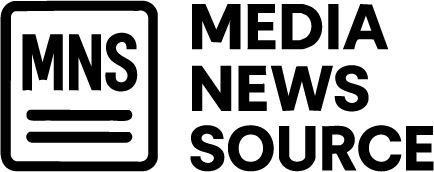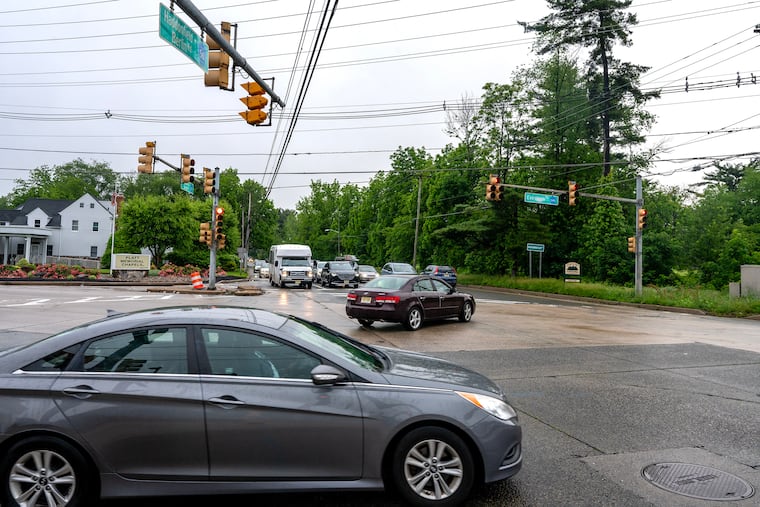Trump shifts responsibility for significant economic decline.
In a recent development signaling potential economic turbulence, President Trump addressed the surprising contraction in the U.S. economy during the first quarter of 2025, a period marked by a 0.3% decline in gross domestic product (GDP). This downturn, characterized as “the Biden overhang” by Trump, represents the country’s first economic shrinkage in three years and has been met with skepticism from economists and the public alike.
In a post on his social media platform, Trump urged Americans to remain patient and optimistic, predicting a rebound once his administration’s substantial tariffs on imported goods come into effect. He emphasized that his presidency did not commence until January 20 and suggested that the adverse economic indicators were inherited, asserting that the forthcoming effects of his trade policy would lead to unprecedented growth.
While Trump has claimed an influx of companies re-establishing operations in the U.S., many economists question the viability of such assertions. Experts suggest that relocating major manufacturing back to the country is a complex process that could take years, if it happens at all. The unexpected GDP decline followed an earlier expectation of a modest growth of 0.4%, a significant reduction from a 2.4% annual growth rate recorded in the preceding quarter.
The contraction was attributed in part to a surge in imports, as businesses rushed to stockpile goods prior to the anticipated tariffs. Analysts warn that Trump’s aggressive trade policies, including imposing tariffs of up to 145% on products from China, may not only disrupt supply chains but could also inflate consumer prices and negatively impact overall economic stability.
Adding to the economic disquiet, a report released concurrently showed that U.S. businesses added only 62,000 jobs in April 2025, significantly lower than the forecasted increase of 120,000. This figure highlights a substantial decline in payroll growth, suggesting the labor market is not keeping pace with the needs of a recovering economy.
As markets reacted negatively to this economic news, opening to sharply lower figures, the implications for Trump’s forthcoming meeting with business leaders in Washington became increasingly uncertain. Consumer sentiment has soured notably in recent months, primarily attributed to the rising costs associated with Trump’s trade initiatives, raising concerns about possible supply shortages should importers reduce the flow of goods from overseas.
With the prospect of rising prices and stagnating employment, the combination of these economic indicators raises fears of a protracted period of “stagflation,” where inflation continues to climb while job growth stalls. Economists and market analysts stress the importance of careful consideration and strategic planning as the anticipated impacts of these tariffs unfold on the American economy.
Media News Source







